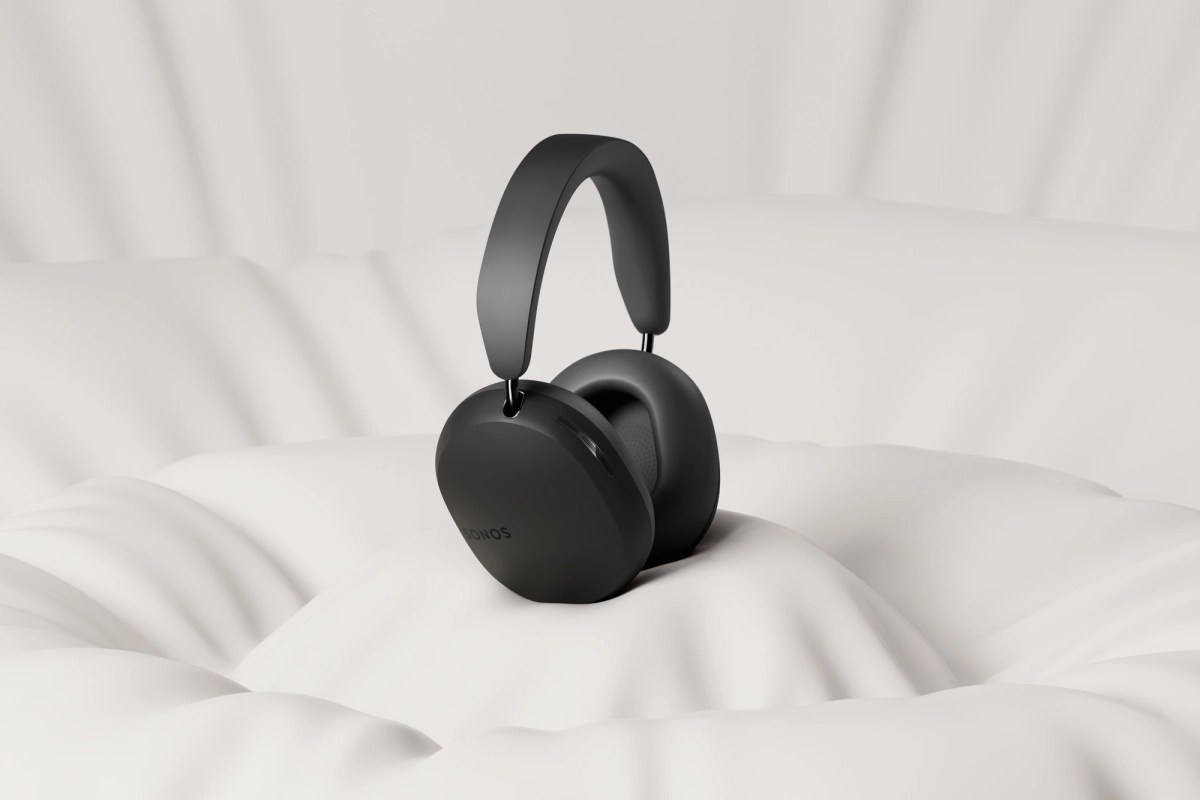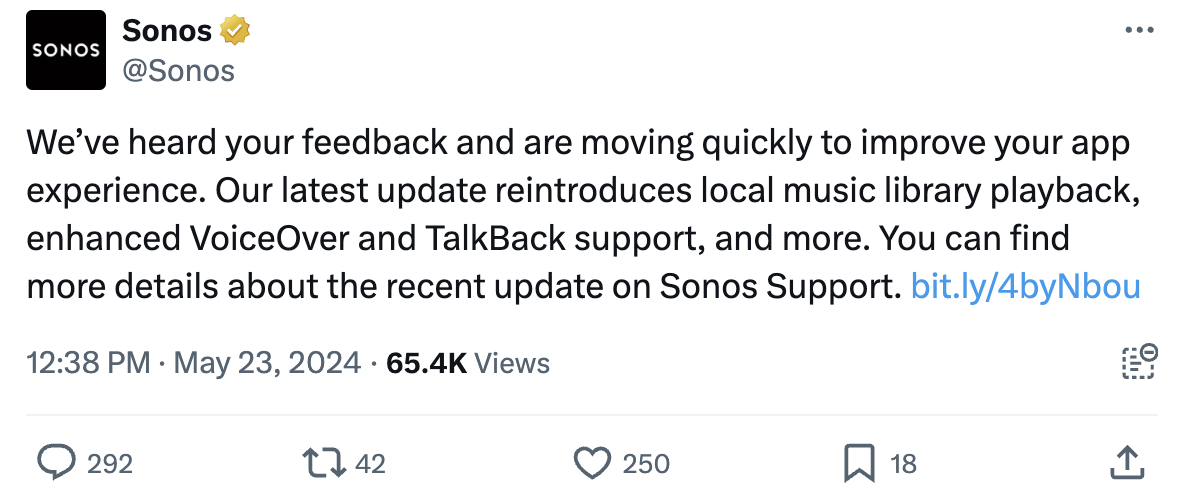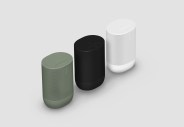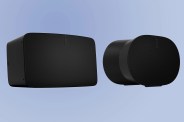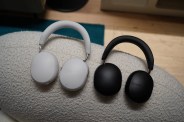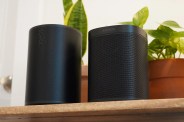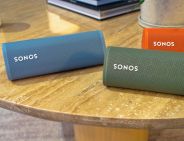The story of Sonos’s recent app rollout will probably one day be a business school case study on how not to introduce a significant software update. But there are other lessons that companies and consumers should take away from the situation too.
Sonos’ decision to overhaul its Sonos S2 application seemed to stem from good intentions. It wanted to modernize and streamline the user interface and allow for greater user customization. There was also speculation that at least some backend changes had to be introduced to pave the way for the then-yet-to-be-announced Sonos Ace Headphones.
Unfortunately, Sonos also failed to clearly communicate that the update would remove, at least temporarily, a variety of features many of its core fans loved.
The surprise didn’t go over well with the community. As ire and outrage built, Sonos, much to its credit, made a concerted effort to engage with irritated users and formulate a rapid response. Staffers hosted a community “Ask Me Anything” on the company’s own forum system, where enough grievances were aired for a lifetime’s worth of Festivuses.
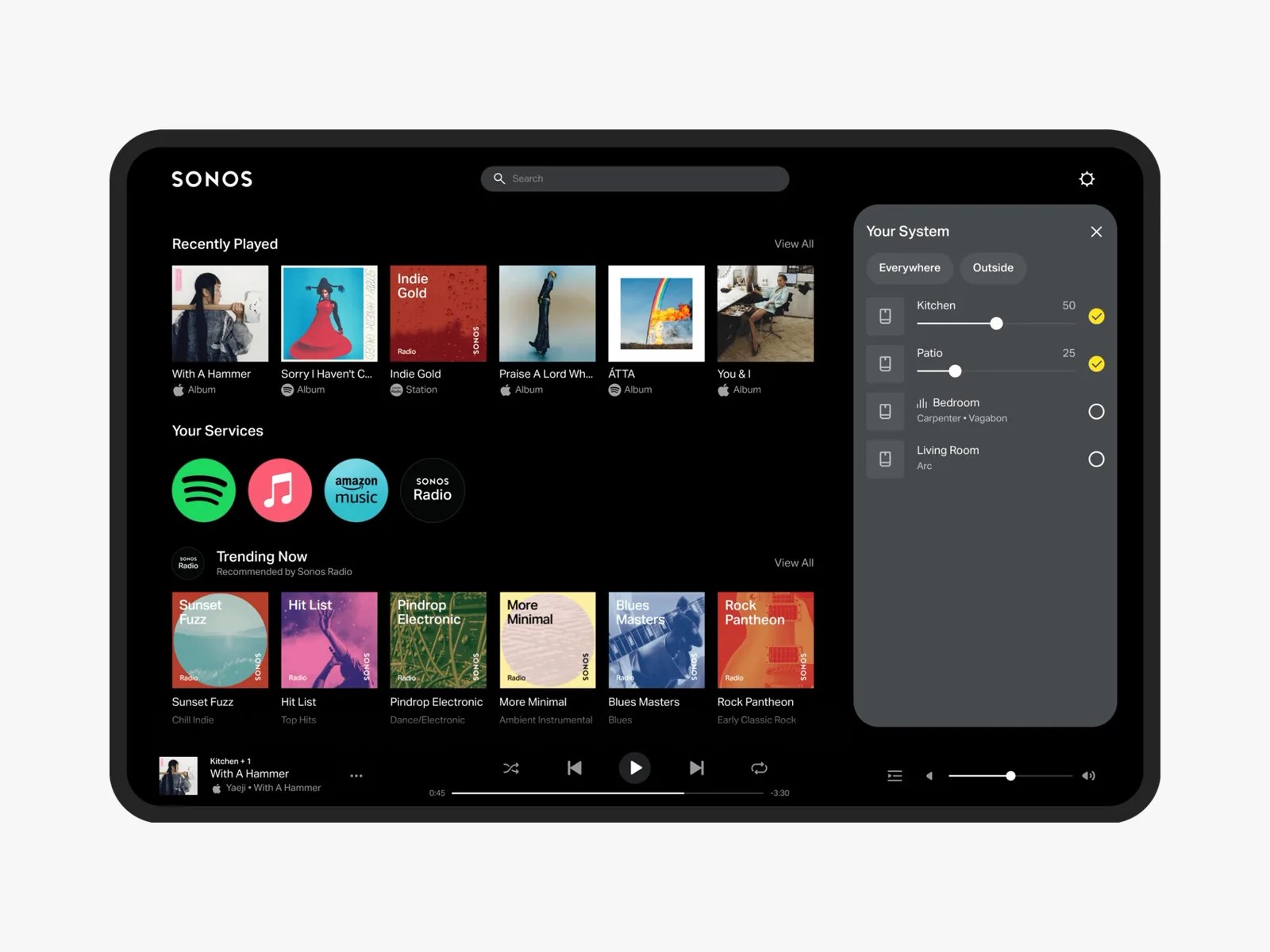
Adding to the testiness, in a statement provided to Chris Welch at The Verge, Sonos Chief Product Officer Maxime Bouvat-Merlin in a Phil Schiller-esque move, stated that “it takes courage” to rethink a core product, especially doing so “knowing it may require taking a few steps back” initially to improve more in the future.
Actions speak louder than words, as they say, though. True to its promises to improve the situation, Sonos has now released two updates to the app that address at least some of the community’s gripes about missing features and frustrating bugs.
